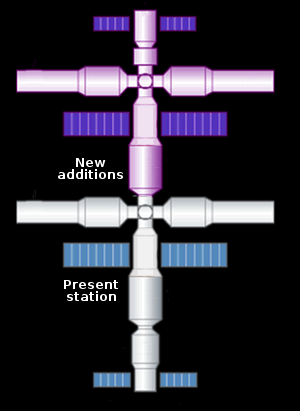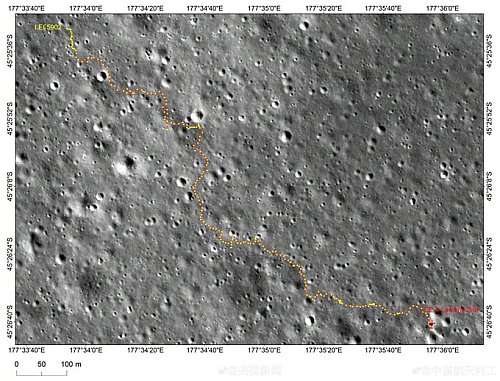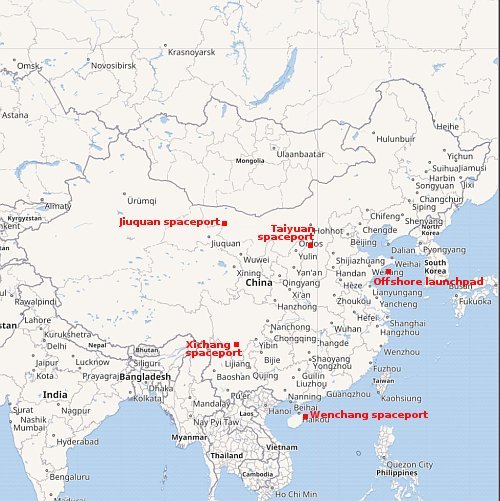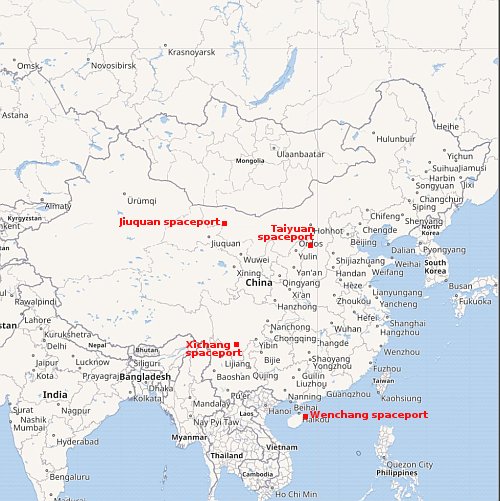Chinese crew completes five-month mission on Tiangong-3 after return to Earth
The new colonial movement: A three-man Chinese crew successfully landed today in north China in their Shenzhou capsule, completing a five-month mission on the Tiangong-3 space station.
The full mission length was 154 days. China claims that one of the astronauts was a civilian, but that really means nothing considering the security required to participate in these missions.
The crew that has taken over on Tiangong-3 are expected to do a mission of comparable length, probably pushing the length to six-months.
The new colonial movement: A three-man Chinese crew successfully landed today in north China in their Shenzhou capsule, completing a five-month mission on the Tiangong-3 space station.
The full mission length was 154 days. China claims that one of the astronauts was a civilian, but that really means nothing considering the security required to participate in these missions.
The crew that has taken over on Tiangong-3 are expected to do a mission of comparable length, probably pushing the length to six-months.





